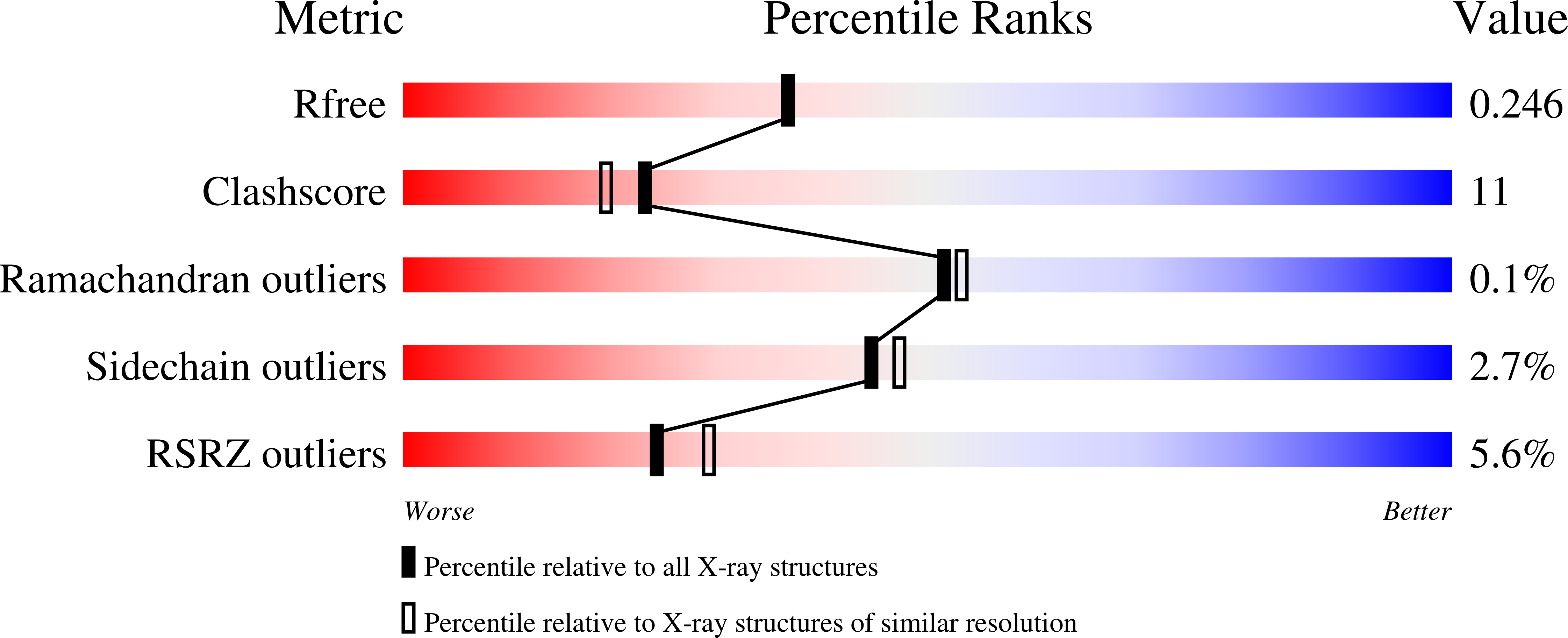
Deposition Date
2008-09-04
Release Date
2008-11-25
Last Version Date
2023-08-30
Entry Detail
PDB ID:
3EEE
Keywords:
Title:
Probing the function of heme distortion in the H-NOX family
Biological Source:
Source Organism:
Thermoanaerobacter tengcongensis (Taxon ID: 119072)
Host Organism:
Method Details:
Experimental Method:
Resolution:
2.12 Å
R-Value Free:
0.25
R-Value Work:
0.20
R-Value Observed:
0.20
Space Group:
C 1 2 1


